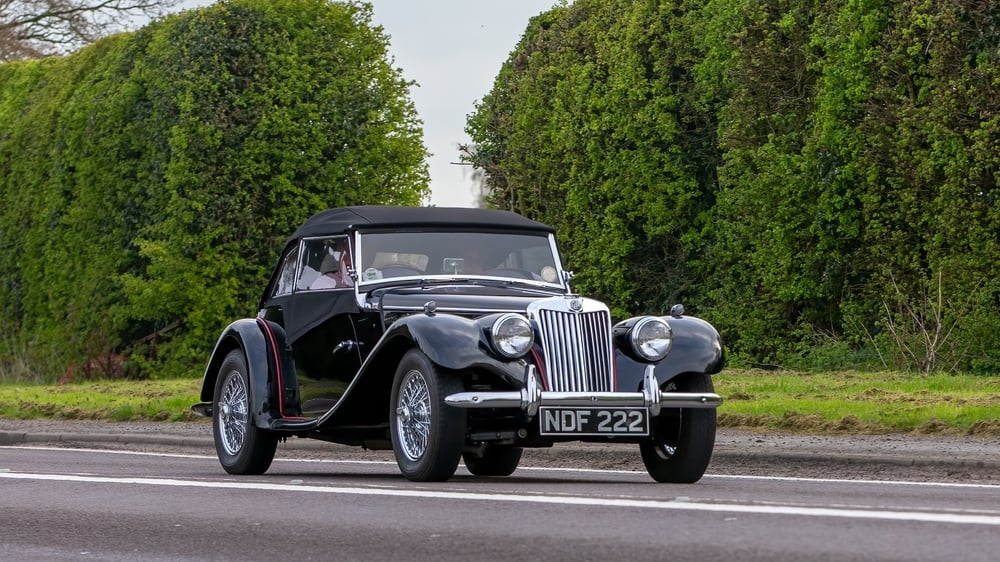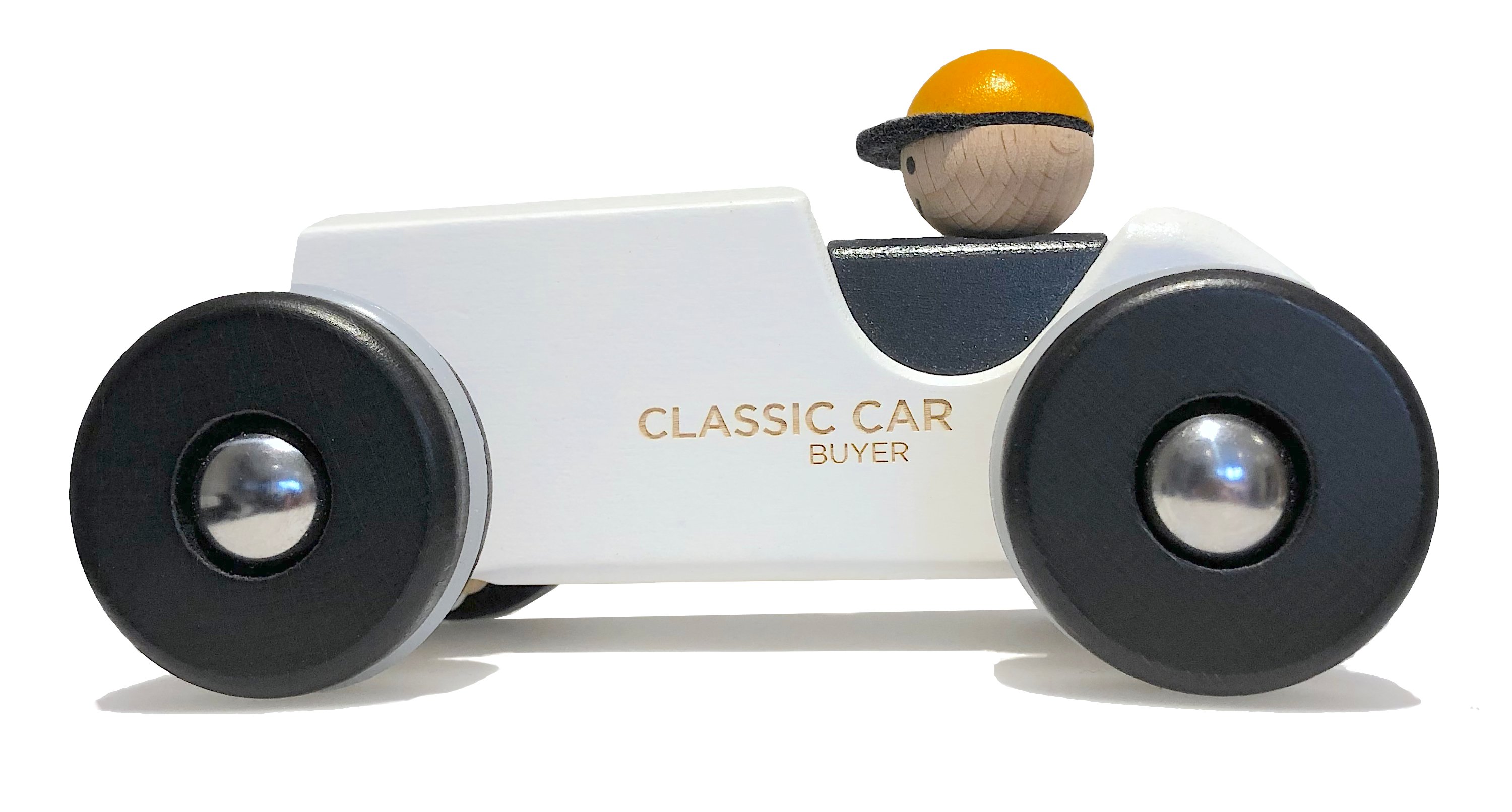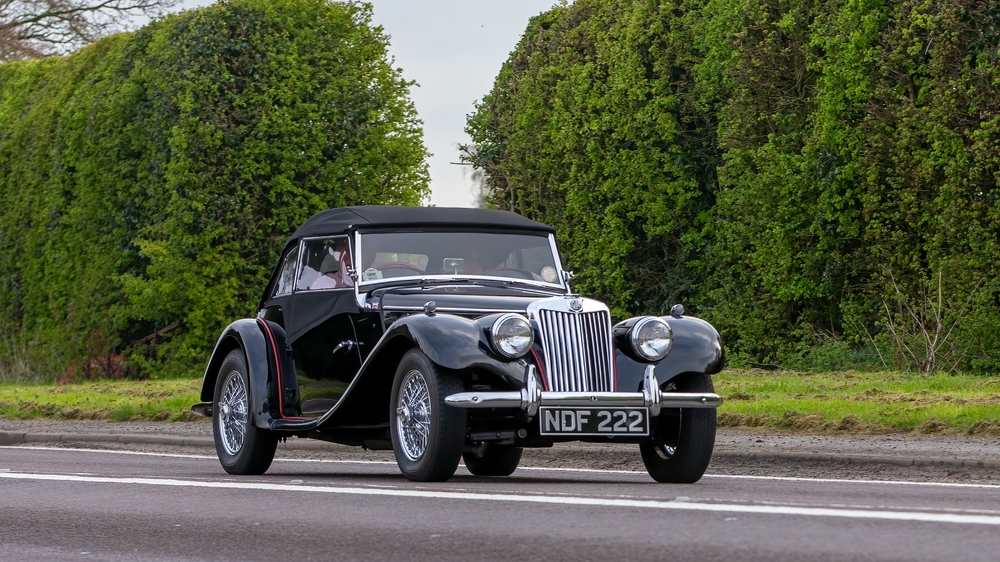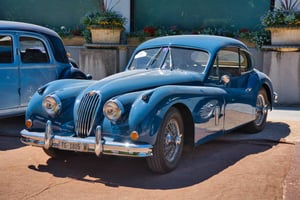Before you have the keys in your hand of that classic you’ve been coveting for a while (possibly...
There’s something undeniably exciting about cruising down a country lane in a convertible classic car - with the wind in your hair, the sun on your face and the vintage appeal of an open-topped ride, it’s a feeling like no other. However, before you take the plunge and become the proud owner of a convertible classic, there are some important factors to consider, so do read our guide below to ensure you make the right decisions both before and after you acquire one.
Hard top or soft top?
Convertibles come with a unique feature - the convertible top, which will either be a hard top or a soft top.
Hard tops are more durable than soft tops, as they can't be slashed by anyone who is up to no good. They're also better at keeping out moisture, and for keeping the inside of the car warmer in winter. They do tend to look more like regular cars, however.
Convertibles with soft tops are often less expensive, and although they can be torn or ripped, the tops are often cheaper to repair if damaged. If you're after a sleeker look, then a soft top might be more preferable to you as the fabric can make the car look a little more stylish on some makes of car. Do remember, however, that you can’t put a soft top through a car wash!
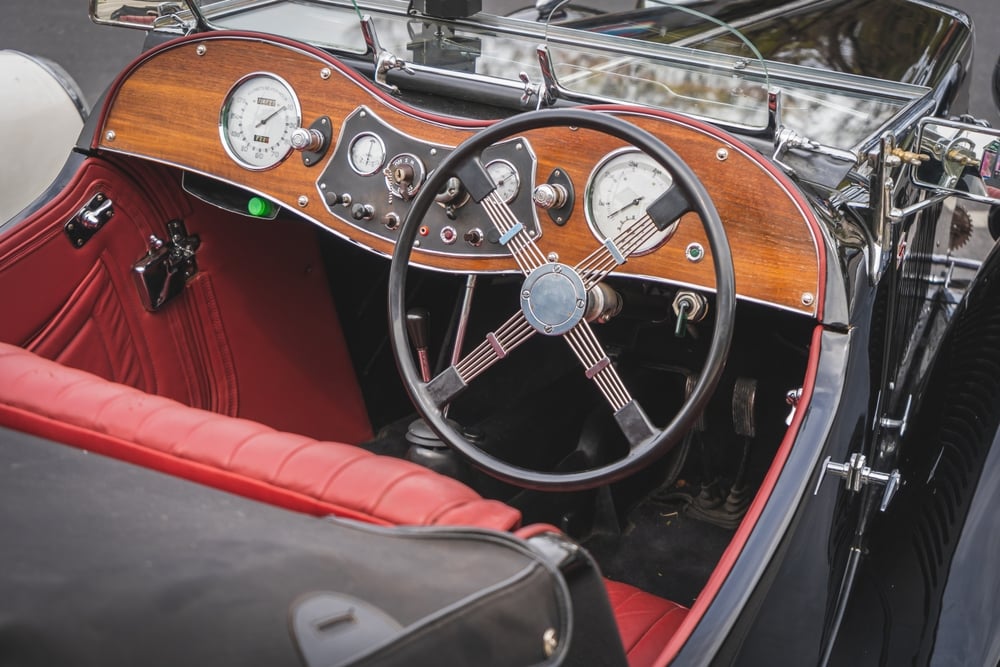
When looking at the actual top of a particular car, do give it a once over to assess the condition of it carefully. Look for any tears, wear or evidence of leaking that could compromise its integrity - they are prone to leaking so this is a must. A well-maintained convertible top not only enhances the aesthetic appeal of the car, but also ensures a more comfortable and enjoyable driving experience, come rain or shine.
Do bear in mind that hard tops can be an effort to put up and down, and they can be really heavy when removing so be sure to have enough people to help (especially the first time) and a clear plan in place in terms of how you are going to get it off. Sometimes there are lots of pieces involved, so do keep them altogether as bits can (and do) go missing. A word of warning - don’t put the pieces on the floor and leave them there, in case they get run over!
Consider the weather
While driving with the top down is a quintessential part of the convertible experience, it’s essential to consider the weather in the area in which you’ll be driving. In the UK we can have unpredictable weather and harsh winters, so you’ll want to ensure that the convertible top provides adequate protection from the elements when closed. Some cars, for example some Mercedes, come with both a hard and a soft top which are interchangeable, which might be worth considering.
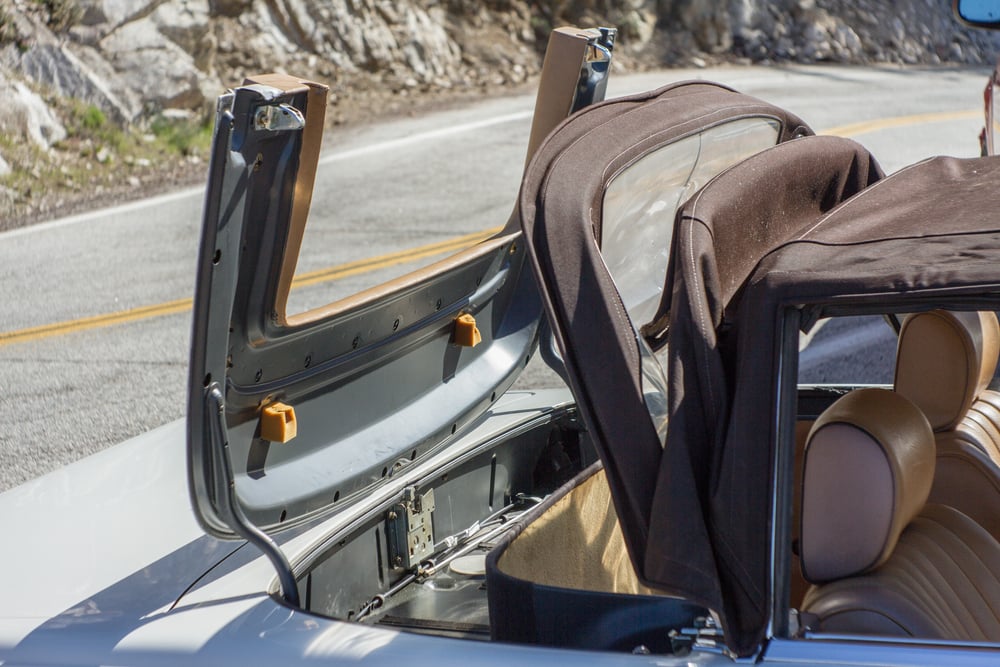
Check for mechanical soundness
Convertibles often have unique mechanical components, such as hydraulic systems for operating the convertible top. Make sure to thoroughly inspect these systems for any signs of wear or malfunction. Check that the convertible mechanism operates smoothly, and ensure that it opens and closes without any issues. Addressing any mechanical issues early on can save you time and money down the line, so also include these checks in your usual maintenance schedule.
Be mindful of wind!
Open-top driving is exhilarating, but it can also come with increased wind noise and turbulence, especially at higher speeds. The iconic Bridget Jones scene comes to mind here, when she lost her headscarf in Daniel Cleaver’s 1969 Mercedes-Benz 280 SE on a very windy country drive…
Once you’ve driven your classic convertible under various driving conditions you’ll be able to evaluate its wind noise levels and overall comfort, and then you could consider adding wind deflectors to minimise turbulence and enhance aerodynamics for a more enjoyable driving experience. These deflectors can either be universal for many car makes, or can be bought for your particular make and model of car. They are pretty effective, and can create a wind turbulence reduction of around 80% while driving with the top down on your convertible.
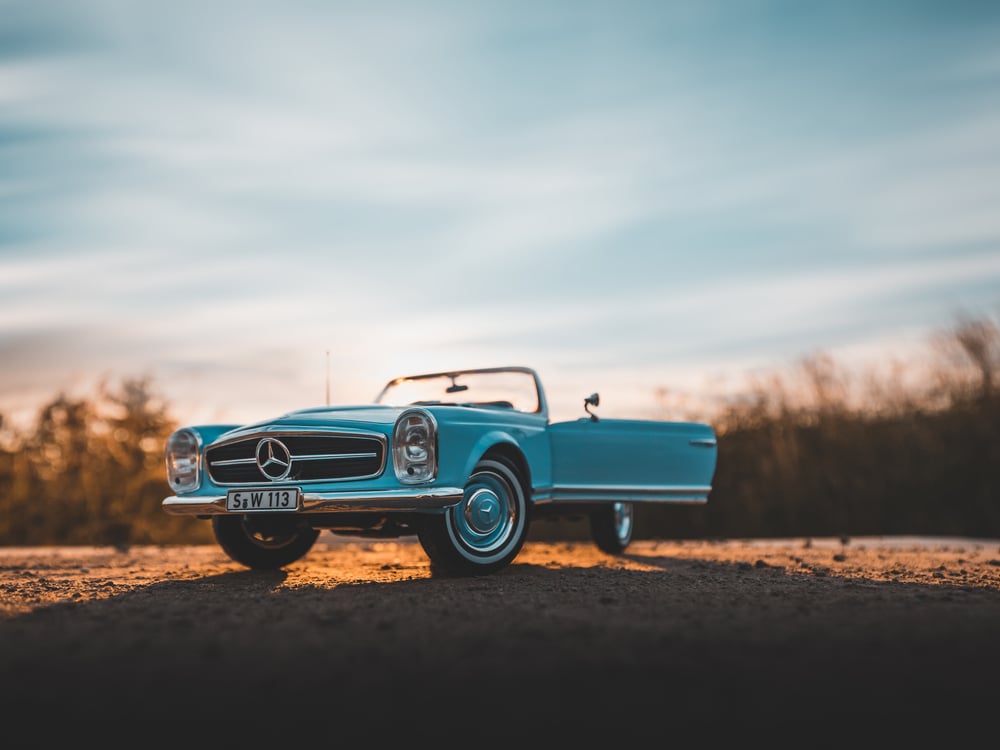
Safety first
While classic convertibles exude timeless style, they may lack some of the safety features found in modern vehicles. Take some time to evaluate the safety features of the convertible classic you are interested in, such as the existing seat belts, roll bars and any reinforced frames, to ensure a safe driving experience. You can always consider retrofitting additional safety equipment if necessary, such as modern seat belts, to enhance the protection for everyone in the car.
Convertible-specific maintenance
Convertibles require specialised maintenance to keep the convertible top and associated mechanisms in a good condition. Regularly clean and treat the convertible top to prevent mould, mildew and deterioration caused by exposure to the elements - and remove any bird droppings as soon as possible. Lubricate the hinges and joints to ensure smooth operation of the convertible mechanism, and inspect seals for signs of wear. Hard tops are prone to failing so doing any preventative maintenance is very much worth it. They are also rather expensive and difficult to replace when they go wrong - and that goes for those on all cars, not just classic cars. As a final thought, do check how much the insurance will be, as premiums tend to be higher on convertibles.
Owning a convertible classic is an exciting lifestyle choice - a true expression of freedom, style and passion for being on the open road with the wind in your hair. By bearing the above points in mind, you will no doubt be armed with the right information to be able to choose the right car, the most suitable adaptations and be able to maintain the hard or soft top to ensure it serves you well for long into the future.
